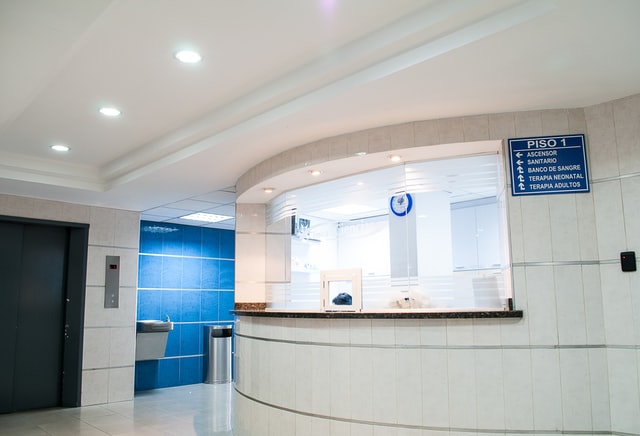– Contributed content –
7 Oct. 2020. Energy efficiency can be both a challenge and an opportunity for healthcare facilities. The biggest challenge is the unique circumstances of healthcare. There are regulatory requirements, infection control, intense energy and water use, and uninterrupted operation set healthcare facilities apart from commercial ones. Energy efficiency is often overlooked, but with escalating costs, it can be part of prioritizing saving money.
Have a plan, define efficiency
If you’re going to reduce energy consumption, then you will need a detailed plan. You need all staff to buy into the plan, benchmarking, and commitment to the work. All the steps that a healthcare facility takes towards energy efficiency can be split into two categories; quick improvements and long-term goals. For example, a quick improvement could be committing to reduced water use by staff, whereas a longer-term goal could be switching to Gardner Denver variable speed air compressors or robot technology to reduce energy use.
A lot of the energy that is used in hospitals is used without need. Understanding what efficiency means is the first step to decrease energy use. Efficient doesn’t have to mean less. It means using energy appropriately and managing equipment and systems.
Measure your facility’s overall energy performance
To know if you’re using energy more efficiently, then you need to measure your current performance first. If you can benchmark a facility’s energy performance, you can get a clearer idea of energy usage, so you can better see where changes can and should be made.
The next step after a benchmark is to conduct an energy audit. You could choose to hire a consultant or an on-site manager to conduct a thorough audit of all your systems. The audit is to find any inefficiencies, through simple walkthroughs and more complex tasks like placing sub-meters on systems in the building.
Eliminate leaks
Before you start buying any new equipment, look at which of your existing pieces are leaking energy. You might find that some equipment uses energy even when it’s switched off. If your clinic operates during business hours only, then this means you have equipment wasting energy for around sixteen hours a day when it’s not in use. You can use energy-efficient power strips can stop energy leaks like this while the equipment isn’t being used.
HVAC optimization
HVAC optimization is a great way to reduce energy costs. Retro-commissioning the HVAC equipment you already have can cut energy spending quickly. Over time, HVAC equipment can fall out of calibration over time, or the system is used all the time unnecessarily, so just changing this can deliver real results.
There are lots of low-cost and low effort ways to optimize HVAC systems, such as replacing air handling filters in a timely manner, replacing leaking steam traps, cleaning cooling towers, and turning heating or cooling down or off. You might need to program different schedules individually in the control systems of your building. For example, administrative areas in the hospital probably don’t need 24/7 climate control.
* * *


 RSS - Posts
RSS - Posts
You must be logged in to post a comment.